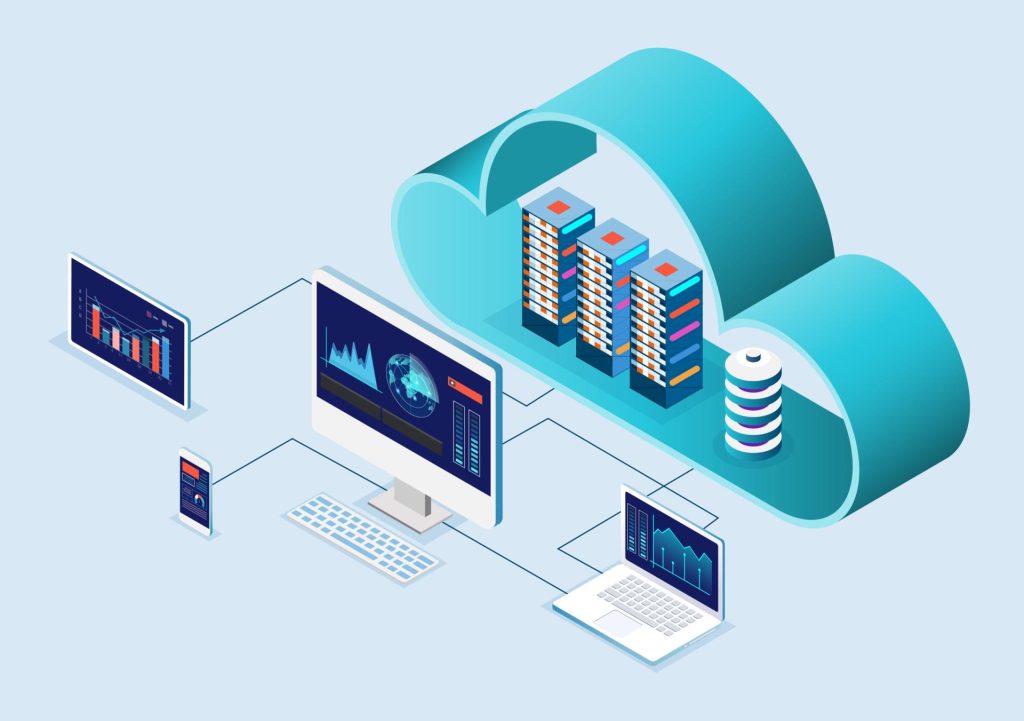In addition to the various technologies and techniques used and employed with the A.I. practice, an orthogonal set of activities that cuts across other disciplines relates to training and the necessary datasets used.
AI technologies and techniques have evolved considerably over the years, encompassing a wide range of domains and related fields.
Here, we discuss various foundational AI technologies and techniques, along with their connections to other disciplines such as technical architecture, software engineering, systems design, data management, infrastructure, networks, cyberspace, cloud, and data pipelines.
From our partners:
Technical Architecture.
AI systems often require a robust and scalable technical architecture to handle complex computations and large datasets. This includes components like distributed computing, parallel processing, and high-performance computing clusters.
The technical architecture for AI also involves designing systems that can handle the integration of AI models into existing software systems and services.
Software Engineering.
Developing AI solutions involves applying software engineering principles such as modularity, abstraction, and reusability. These technologies often rely on well-designed software systems for implementation. AI developers and software engineers play a crucial role in developing, maintaining, and updating these systems to ensure that AI applications run efficiently and effectively. They use programming languages like Python, Java, and R, along with AI-specific libraries and frameworks like TensorFlow, PyTorch, and scikit-learn. These tools enable efficient development, testing, and deployment of AI models.
Systems Design.
AI systems need to be designed for scalability, flexibility, and performance. This requires a deep understanding of algorithms, data structures, and design patterns as these systems require a unique system of architectures to accommodate their computational demands. Systems design also involves designing interfaces for AI applications, ensuring seamless interaction with users, other software systems and hardware, and that the components are optimised for the specific task at hand.
Data Management.

Data is the lifeblood of AI. Proper data management ensures that AI systems receive clean, structured, and relevant data to facilitate accurate predictions and decisions. AI models rely on large volumes of data for training and validation. Data management includes data collection, storage, preprocessing, and transformation. This may involve working with databases, data warehouses, and data lakes, as well as tools for data processing and transformation like Apache Hadoop, Spark, and Flink.
Infrastructure.
AI systems often require specialised hardware, such as graphics processing units (GPUs) or tensor processing units (TPUs), to accelerate computations. The infrastructure needs to support high-speed networking, low-latency storage, and efficient power management to ensure the smooth functioning of AI workloads.
Networks.
Networking plays a key role in connecting AI systems to other systems and resources, such as data storage or cloud-based computing platforms. Network engineers ensure seamless and secure connections between different components of the AI ecosystem.
Cyberspace and Cybersecurity.
AI applications often involve sensitive data and critical decision-making processes. Cybersecurity experts are responsible for protecting these systems from potential threats, ensuring the privacy and security of the AI application and its users.
Cloud Computing.

Cloud platforms like AWS, Google Cloud, and Microsoft Azure offer AI services and tools that facilitate the development, deployment, and management of AI applications. Cloud-based AI solutions enable scalability, cost-effectiveness, and accessibility, allowing organisations to leverage powerful AI capabilities without investing in expensive on-premises infrastructure. Cloud platforms allow AI applications to leverage scalable computing resources, enabling the efficient processing of large datasets and complex algorithms. Cloud computing experts ensure that AI applications can access these resources as needed.
Data Pipelines.
Data pipelines are crucial for the efficient flow of data between various components of AI systems, from data collection and processing to model training and deployment. Tools and technologies like Apache Kafka, Apache NiFi, and Apache Beam enable the creation of scalable and reliable data pipelines, ensuring that AI models receive the necessary data to function optimally. Data pipelines are essential for feeding data into AI systems and transferring processed data to other systems or storage. Data engineers design and maintain these pipelines to ensure that data flows smoothly and reliably throughout the AI system.
For enquiries, product placements, sponsorships, and collaborations, connect with us at hello@zedista.com. We'd love to hear from you!
Our humans need coffee too! Your support is highly appreciated, thank you!

